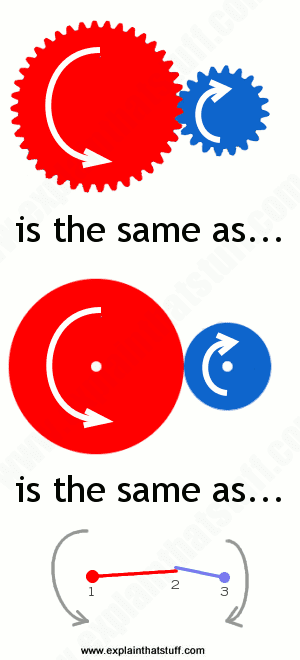I always see torque as a form of good acceleration.
I once drove a Ford Focus Mk1 TDdi of only 90 BHP company car but it had a really nice flat torque vs rpm curve for a very wide rmp range, meaning regardless of how high or low I was in rpm, if I stepped on the gas then the car was immediately responsive with acceleration (due to having a good amount of torque for that rpm) and it felt really good. It makes the car feel agile at a wide range of rpm for a certain gear you are in.
I have also driven similar TDi cars of 110-115 BHP, that is more power but if the torque vs rpm curve is like a very high and steep "mountain" then the car feels good if you stay in that narrow rpm range, but if you are out of that optimal range then the car feels slow and unresponsive.
Both cars were manual stick shifters and the 90 BHP car was a joy to drive, when I was not in the optimal rpm range to accelerate (for example coming out of a corner or after a traffic manoeuvre), if at any given situation I stepped on the gas pedal I felt immediate reaction and acceleration. Those 110 BPH cars with their less optimal torque curve accelerate faster in their optimal rpm range but once you are a bit below that optimal rpm and hit the gas, it feels very slow in response.
Not sure how all that translates to GT:Sport but that's my real life experience of it.
This for example is a great torque curve, nice flat curve over a wide range of rpm. Basically anything between 1000-6000 will give a fast response in regards of torque. But also looking at the BHP curve, this is an engine that you want to drive in high revs (5000-6500 rpm-ish) for racing since anything lower will have lesser BHP (but still good torque).
And this for example is a worse torque curve, the optimal range only being between 1500-3500 rpm. Add in the BHP as well and this is a car that should be driven to race in the range of 2800-3500 rpm.



